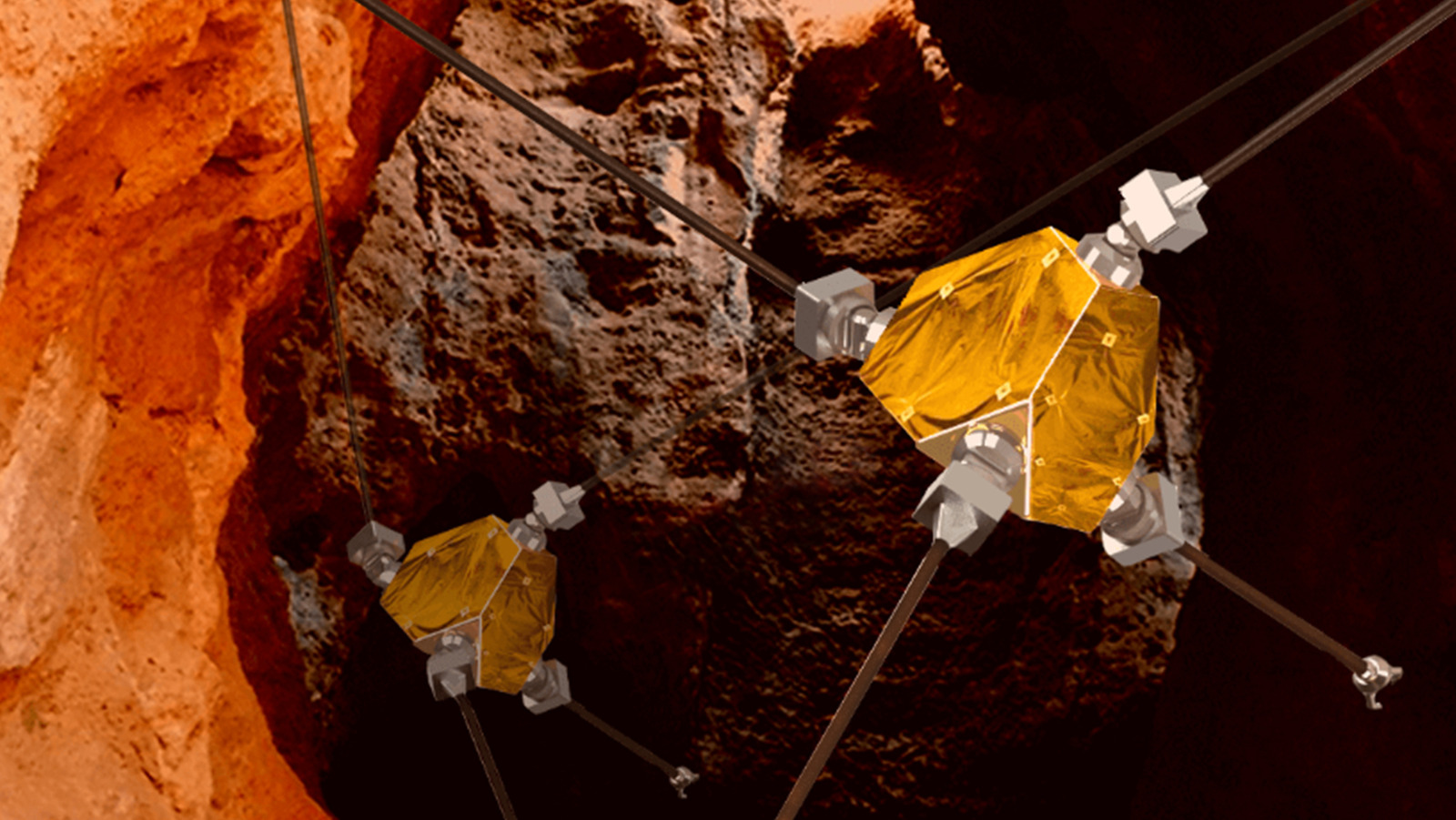
No one has ever explored the cave systems on Mars, so there’s an element of the unknown to contend with in planning future missions. While it’s much safer to send a robot in place of a human, it’s still an immensely complex and expensive task. ReachBot’s smaller size and weight can help reduce the overall mission cost, and its optimized mode of exploration can increase its odds of success. But why do we want to visit Martian caves to begin with?
Mars has long been a leading candidate for the search for evidence of current or past extraterrestrial life, but in its present state the planet isn’t particularly inviting. It’s frozen, and dry, and lacks anything like Earth’s atmosphere and magnetic field, meaning its surface is unprotected from harsh cosmic radiation. It would be difficult for life — or even signs of life — to survive long on the planet’s surface. It’s possible, however, that caves could provide varying levels of protection from these hazards, making them excellent places to search for living organisms.
ReachBot’s designers initially set their sights on the red planet, but the robot could potentially find other targets throughout the solar system. There’s no shortage of planets, moons, and asteroids whose rocky makeup and low gravity could also be excellent exploration targets for ReachBot, including Earth’s very own Moon. It could even be used to maintain the Lunar Gateway space station during periods when it’s uncrewed. Good thing they didn’t name it HAL.
For all the latest Games News Click Here
For the latest news and updates, follow us on Google News.
